Hydronephrosis
Hydronephrosis is a disease characterized by persistent and progressive expansion of the renal pyelocaliceal system caused by obstruction of the ureteral patency due to narrowing inside the lumen or its external compression. The high pressure that is created in the pelvis and calyces negatively affects the functionality of the kidney. The parenchyma becomes thinner and blood flow inside it deteriorates, which ultimately can lead to the death of the kidney. Timely surgery can cure hydronephrosis and prevent the development of life-threatening complications.
The reasons for the development of hydronephrosis
- congenital anomalies (atypical location of the ureter, renal arteries, or their branches);
- previous operations on the organs of the genitourinary system with the formation of scars and adhesions;
- infectious and inflammatory lesions of the kidneys, which contribute to the disruption of the structure of the organ;
- violation of the outflow of urine as a result of spinal cord dysfunction;
- oncological diseases of the pelvic organs (ovaries, cervix, prostate);
- the appearance of stones in the urinary tract;
- scars on the walls of the renal tubules formed as a result of trauma;
- spasm of the urinary tract as a result of hypothermia, nervous tension, strong concussion of internal organs after an accident or fall;
- diagnosed nephroptosis, in which there is a prolapse of the kidney and kink of the ureter, etc.
Hydronephrosis treatment
Treatment of this disease in Kyiv can be conservative and surgical. Based on the stage of hydronephrosis, kidney functionality, age of the patient, the presence of concomitant chronic diseases, and other factors, the specialist determines the tactics of treatment. Drug therapy is aimed at eliminating painful sensations, preventing the development of infectious processes and other complications. For this purpose, antibiotics, anti-inflammatory, and uroseptic drugs are prescribed.
However, drug therapy will not help get rid of the root cause of the pathology; treatment involves surgery. Currently, there are a large number of surgical treatments for hydronephrosis. In this case, the main role is assigned to the so-called "minimally invasive" (less traumatic) operations, for example, the treatment of hydronephrosis using laparoscopy. In particular, laparoscopic pyeloplasty has long been the "gold standard" for the treatment of hydronephrosis in Ukraine caused by narrowing of the pelvic-ureteric segment.
The main indications for laparoscopic pyeloplasty are:
- violation of urodynamics according to excretory urography;
- decrease in kidney function by 10% or more over time;
- thinning of the kidney parenchyma compared with the age norm;
- an increase in the anteroposterior size of the pelvis with ultrasound.
Contraindications to laparoscopic plasty of the ureteropelvic segment can be:
- the presence of an acute infectious process;
- chronic diseases in the stage of decompensation;
- period of pregnancy;
- violation of blood clotting;
- acute glaucoma.
Preparing for surgery
Before the operation, it is necessary to consult several doctors - urologist, therapist, anesthesiologist, as well as other doctors, if necessary. You should inform your doctor about any allergic reactions to drugs, as well as what drugs you are taking, to avoid complications during the operation. Immediately before surgery, thorough preparation of the intestines is carried out and broad-spectrum antibiotics can be prescribed to prevent infectious complications in the postoperative period.
Operation progress
Surgery is performed under general anesthesia. The operation is performed through small punctures in the abdominal wall, into which a video camera and special surgical instruments - trocars are inserted. With the help of a video camera, the surgeon sees the operating field, enlarged 10 times. Further, a certain amount of carbon dioxide is pumped into the abdominal cavity, which contributes to a good view of the operated area. When performing Andersen-Hines plasty (the most common operation), the pelvic-ureteric segment is removed, below and above the obstruction, and an anastomosis is applied between them. A stent is placed in the ureter - a special flexible tube that ensures its patency. The stent is usually placed for up to a month. At the end of the surgery, trocars and carbon dioxide are removed.
The rehabilitation period usually takes about 4 weeks. For several months after the operation, it is recommended to exclude heavy physical activity and not to lift objects weighing more than 5 kg.
You can solve the issue of treating hydronephrosis in Kyiv by contacting the Dobrobut network of medical clinics. We use modern equipment and provide an individual approach to each patient. By contacting us, you are guaranteed to receive a solution to the problem, high-level service, information support at all stages of treatment, and all this at affordable prices in comparison with prices in Ukraine.
To sign up for a consultation with a specialist or to clarify the cost of services and prices of examinations - call our call center at any time of the day!
Bibliography
- National Kidney Foundation. Hydronephrosis. Published online, 12 June, 2020.
- Abdurrahman Onen - Grading of Hydronephrosis: An Ongoing Challenge. Published online, 27 August 2020.
- Hydronephrosis – Treatment. Published online, 11 July, 2018.
Our advantages
Our services
Our doctors
Choose the nearest clinic to you
ISO certificates
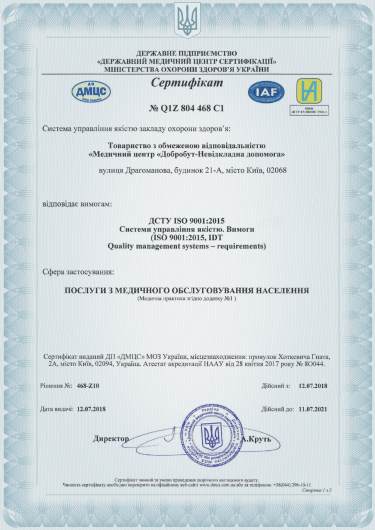
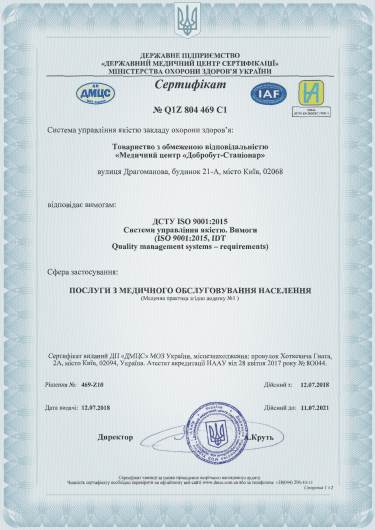
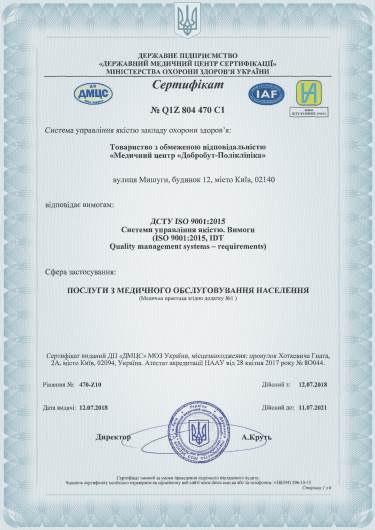
Accreditation certificates
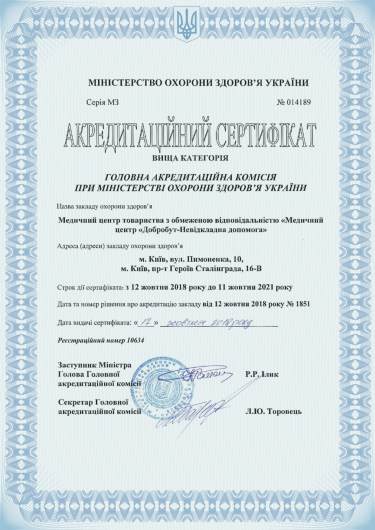
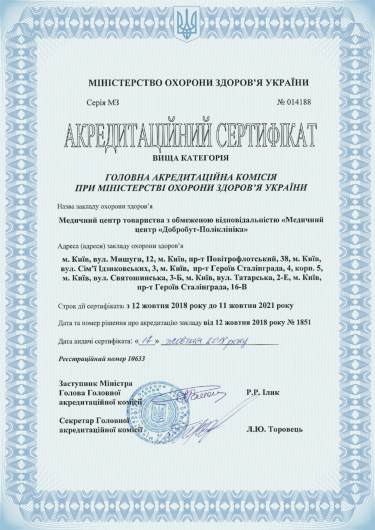

Medical practice licenses
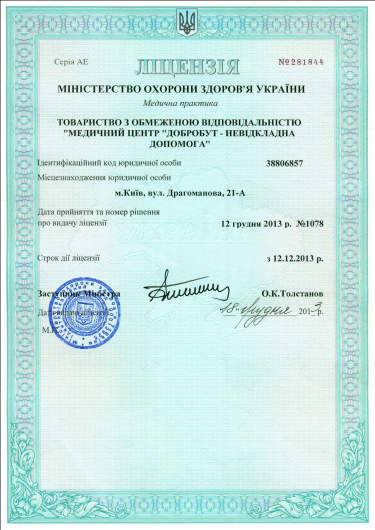
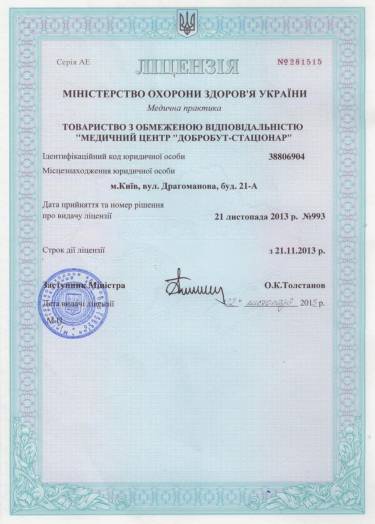

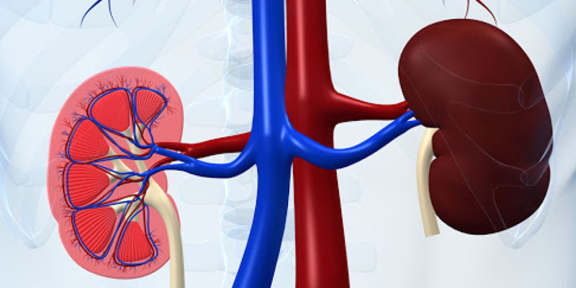









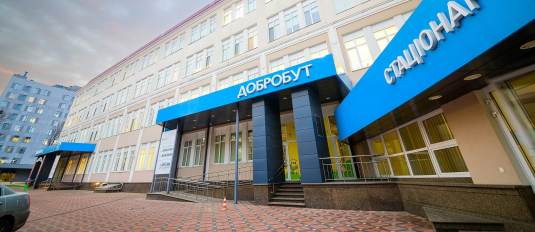
@2x.png)
@2x.png)
%402x.png)
%402x.png)
